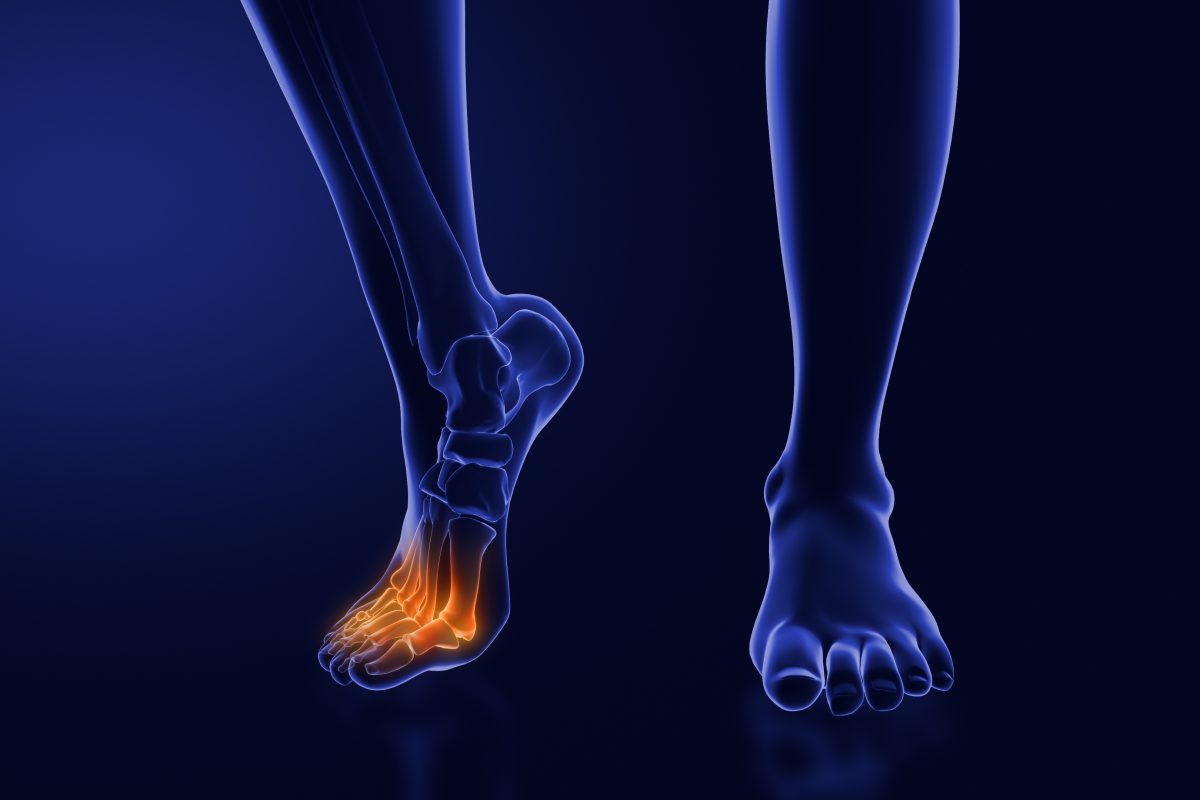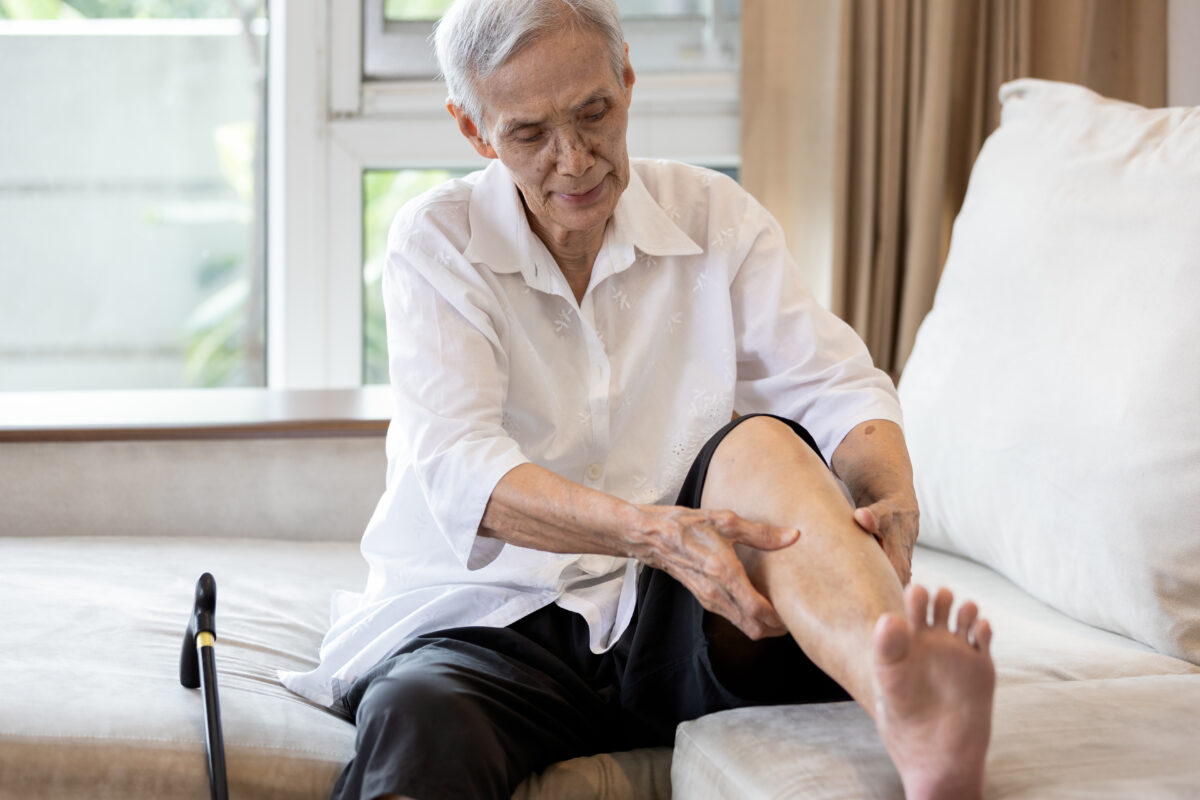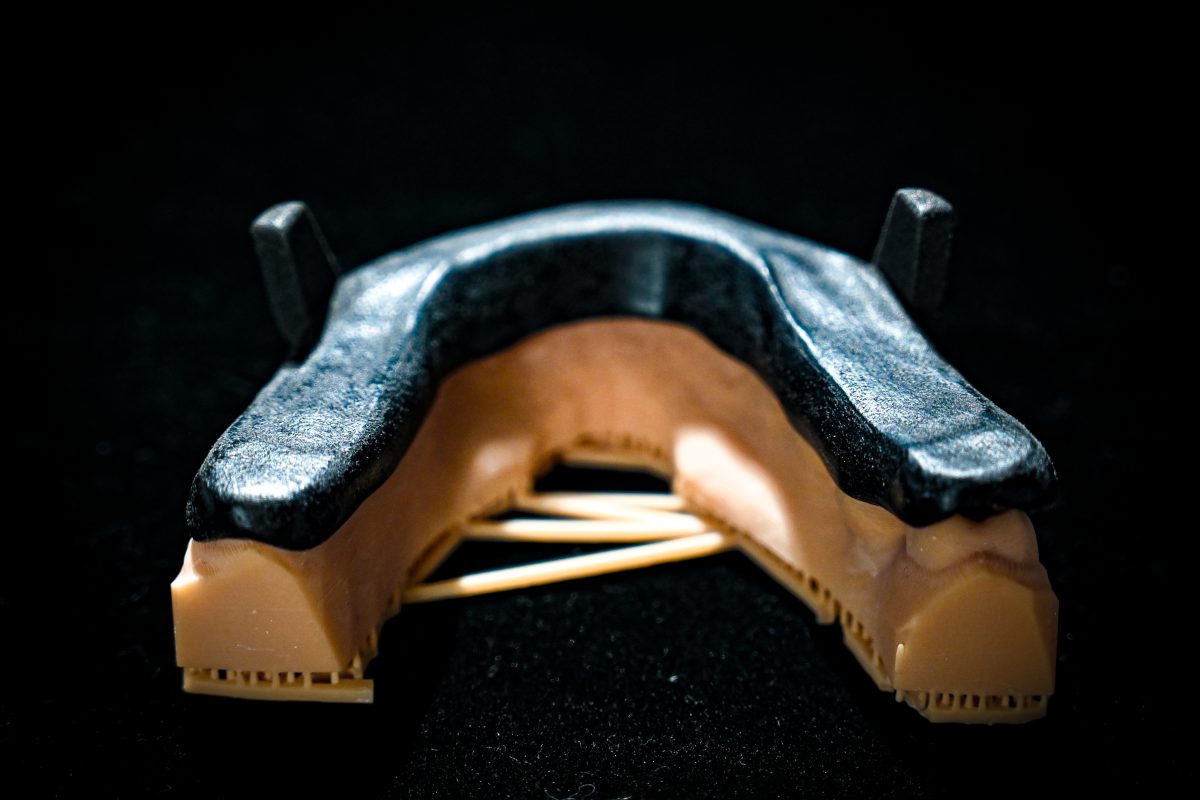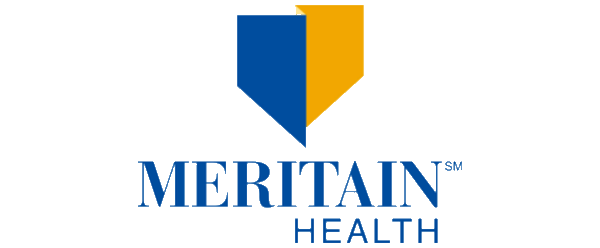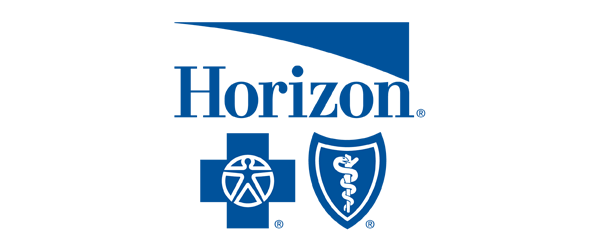After discovering you have Obstructive Sleep Apnea (OSA), sleep doctors either suggest CPAP devices or sleep apnea mask alternatives. Continuous Positive Airway Pressure (CPAP) machines are seen as miracles that can bring back energy, and some people picture themselves waking up refreshed each morning.
Then reality settles in. Straps dig into faces, noise fills quiet bedrooms, and falling asleep while wearing a mask feels foreign, bordering on impossible. For many, hope crumbles into irritation, and it’s common to see people online vent.
That sense of defeat runs deep. People’s stories reveal how different the road can be. Some patients struggle with severe OSA and initially found his CPAP mask awkward and hard to use.
It wasn’t until their hearts started acting up, scaring them enough to do another sleep test, that they truly committed to CPAP. The results shock them, showing their breathing stops several times every hour sleeping. Now, they won’t sleep without the machine, even if it sometimes feels like a burden.
There are others who see their numbers drop steeply after only a week of CPAP and feel a huge difference. The device changes everything for the better, and waking up finally refreshed, they call CPAP a “life-changer.”
These stories make it clear that people react to CPAP in their own ways, as one person’s nightmare can be another’s relief. Obviously, expectations and mindset shape almost everything.
“If you use continuous positive airway pressure therapy (CPAP) to treat obstructive sleep apnea, you can probably relate to this common complaint,” states Temple University Health. “You’re not alone. More than 18 million American adults have obstructive sleep apnea — the most common type of sleep apnea. While it’s more likely to occur in men over the age of 40, it doesn’t discriminate in sex or age.”
Sleep Apnea Mask Alternatives vs. Pressurized Solutions
Compared to sleep apnea mask alternatives, CPAP machines can bring a unique set of struggles, with many folks complaining about dry noses, mouths, and even eyes. The steady stream of air can sap moisture from your nose, leaving everything feeling parched.
This can lead to stinging sinuses, nosebleeds, and crusting. If you sleep with your mouth open, the problem only gets worse. An ill-fitting mask lets the dryness settle deep, leaving your mouth feeling cottony by morning. Over time, this can even mess with your gums and teeth, and bad breath often tags along.
Masks that don’t seal well will let air shoot straight into your eyes, which can make them feel scratchy or look puffy. Sometimes, these eye issues are actually a clue that a person has something called floppy eyelid syndrome.
Not all your troubles are physical. The presence of the machine creates a mental challenge, as many patients find the mask rubs their skin raw.
This “CPAP dermatitis” leaves the face irritated, sometimes with painful marks that stick around through breakfast. Waking up with “CPAP lines” or “raccoon marks” can also dent your confidence.
Aerophagia, where the air ends up in your stomach instead of your lungs, can sneak up too, resulting in gas, bloating, or a full, uncomfortable belly. Dealing with the steady pressure can also feel so unnatural that it sparks anxiety or even full-blown panic.
For some, what is supposed to help sleep actually leads to even less. More than half of new users say they feel claustrophobic wearing the mask at first, and the adjustment can take time, patience, and a lot of encouragement.
“While the efficacy of CPAP is generally high, in the real world long-term health effects of CPAP are likely to be compromised by low compliance and suboptimal hours of treatment use,” according to a detailed report published by the American Academy of Dental Sleep Medicine. “Treatment usage as a proportion of the total sleep period when a patient is vulnerable to OSA is often overlooked as a confounder of efficacy.”
A Multifaceted Approach and Adherence Complexities
Most CPAP users face common side effects, but simple changes can help, as well as sleep apnea mask alternatives.
A mask that doesn’t fit well can cause plenty of frustration, from leaks to sore skin, so choosing between a nasal pillow or a full-face mask matters more than people expect. Humidifiers can keep air from drying out your nose or mouth, while heated tubes stop annoying drips that might wake you up at night.
For those who can’t stand forced air in their face, today’s machines make life easier. The Ramp feature starts off with gentle pressure that slowly rises as you doze off, and Expiratory Pressure Relief drops the pressure each time you breathe out, making things feel more natural.
Measuring success with CPAP isn’t as straightforward as it sounds. Insurance companies often set the “4-hour rule,” which means you must use your machine at least four hours most nights for a month to show you’re sticking with treatment. While some tracking apps claim over 80 percent of new users hit this target, bigger studies reveal fewer than two-thirds use CPAP long-term.
Evidence hints that four hours a night isn’t really enough for everyone, as people tend to feel sharper and more rested with over six hours per night. Ultimately, defining success depends on what you want — stopping breathing events or truly feeling better during the day.
The Philips Recall: An Erosion of Trust
The Philips Respironics recall in June 2021 made headlines for all the wrong reasons, and it pushed some patients toward sleep apnea mask alternatives.
This whole mess started when people discovered that the foam inside millions of CPAP and BiPAP machines was breaking down, allowing bits of foam and harmful chemicals to get into the air users breathed. Many woke up coughing or developed headaches, and others worried because Philips warned that long-term exposure might even cause cancer.
Eventually, the U.S. Food and Drug Administration (FDA) slammed the recall with a Class I label, meaning someone could genuinely get hurt or killed from using these devices.
The real gut punch came later, as evidence surfaced showing Philips had known about these problems for years. Thousands complained long before the recall, yet the company kept quiet, and no warning ever went public. As a result, trust vanished overnight for many families who relied on these machines.
The fallout didn’t stop at angry customers. Philips faced a hefty financial settlement for financial losses, with a separate deal for personal injury cases as well.
For those impacted, money doesn’t erase the worry or risk. This story reminds patients, families, and sleep apnea advocates why honesty and open communication matter so much, especially in health care.
CPAPs Juxtaposed to Sleep Apnea Mask Alternatives
The three most common types of CPAP masks — nasal pillows, nasal masks, and full-face masks — each have distinct features, advantages and disadvantages, as do sleep apnea mask alternatives.
This table provides a detailed overview of these mask types, outlining their specific pros, cons, and suitability for different patient needs, such as sleeping position, breathing habits, and facial structure:
| Mask Type | Breathing Coverage | Ideal Use Case | Pros | Cons |
| Nasal Pillow | Seals just inside nostrils | Nose breathers, claustrophobia, low pressure (greater than 15 cm H2O) | Minimal facial contact, open field of vision, travel-friendly, good for facial hair | Can irritate nostrils, not for mouth breathers or high pressure, ineffective with congestion |
| Nasal Mask | Seals over entire nose | Nose breathers, back/side sleepers, blend of comfort and seal | Lightweight, less intrusive than full-face masks, reliable therapy | Risk of mouth leak, less ideal for active sleepers, can feel restrictive |
| Full-Face Mask | Covers nose and mouth | Mouth breathers, high pressure, active sleepers | Reliable seal for mouth breathing, stable fit for those who move a lot | Can feel claustrophobic, more facial contact, potential for eye leaks, less travel-friendly |
CPAP’s Journey and History Over Time
Sleep apnea treatment used to look very different. Before the 1980s, doctors had no real fix except a permanent tracheostomy. Patients had to deal with a tube in their necks just to breathe at night.
In 1980, Dr. Colin Sullivan from Australia changed everything when he built the first CPAP using a vacuum cleaner and a pug. Most people didn’t even realize how common sleep apnea was, and those first machines were clunky and loud.
Over time, engineers made huge leaps. Machines shrank, humidifiers came built-in, and some models learned to adjust pressure on their own.
What started as a pretty harsh approach turned into something most people with sleep apnea can actually live with. The journey from do-it-yourself inventions to today’s tech-packed devices still amazes doctors and patients alike.
You may want to investigate Obstructive Sleep Apnea (OSA) as a lifestyle disease, since it’s associated with other health problems like diabetes, heart disease, and obesity. Patients can feel overwhelmed by multiple negative health messages and treatment regimens, which could decrease, rather than increase, their motivation to stick with treatment.
“Coordination of health services and prioritisation of treatment goals for individual patients to address one or two key underlying problems, such as poor diet and lack of exercise, may be more successful and less overwhelming to the patient than the prospect of medication, CPAP, and potential surgery to target these issues individually,” according to the European Respiratory Society.
A Personalized Future With Sleep Apnea Mask Alternatives
More patients are looking for other ways to treat sleep apnea, including modern sleep apnea mask alternatives and technologies. Doctors are starting to move away from giving every patient the same treatment, so choice matters a lot now.
Some options don’t need surgery while others do, but the important part is finding something each person will actually use every night.
A lot of people find success with Oral Appliance Therapy (OAT), which uses small custom mouthpieces to move your jaw and tongue forward so you can breathe easier at night. While CPAP might seem more effective in a test, OAT usually wins in real life because people tend to stick with it longer and actually like it.
Some studies report that more than 80 percent of patients kept using OAT after one year. It shows how more people prefer it over CPAP.
Still, OAT isn’t perfect. Some people get a sore jaw or see changes to their bite after a while. Doctors also warn against buying mouthpieces at the drugstore, as those can be risky.
Make sure you have a professional check your sleep problem and fit you with the right device.
Wellness and Pain
Find your personalized sleep apnea mask alternatives by visiting Wellness and Pain. We offer conservative treatments, routine visits, and minimally invasive quick-recovery procedures. We can keep you free of problems by providing lifestyle education and home care advice.
This enables you to avoid and manage issues, quickly relieving your inhibiting lifestyle conditions when complications arise. We personalize patient care plans based on each patient’s condition and unique circumstances. Wellness and Pain can help improve wellness, increase mobility, relieve pain, and enhance your mental space and overall health.




